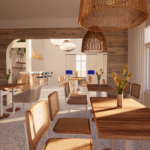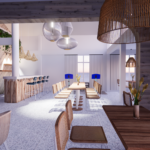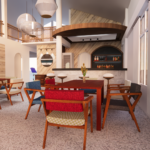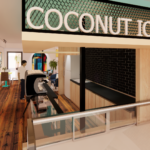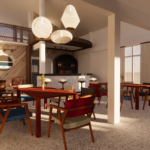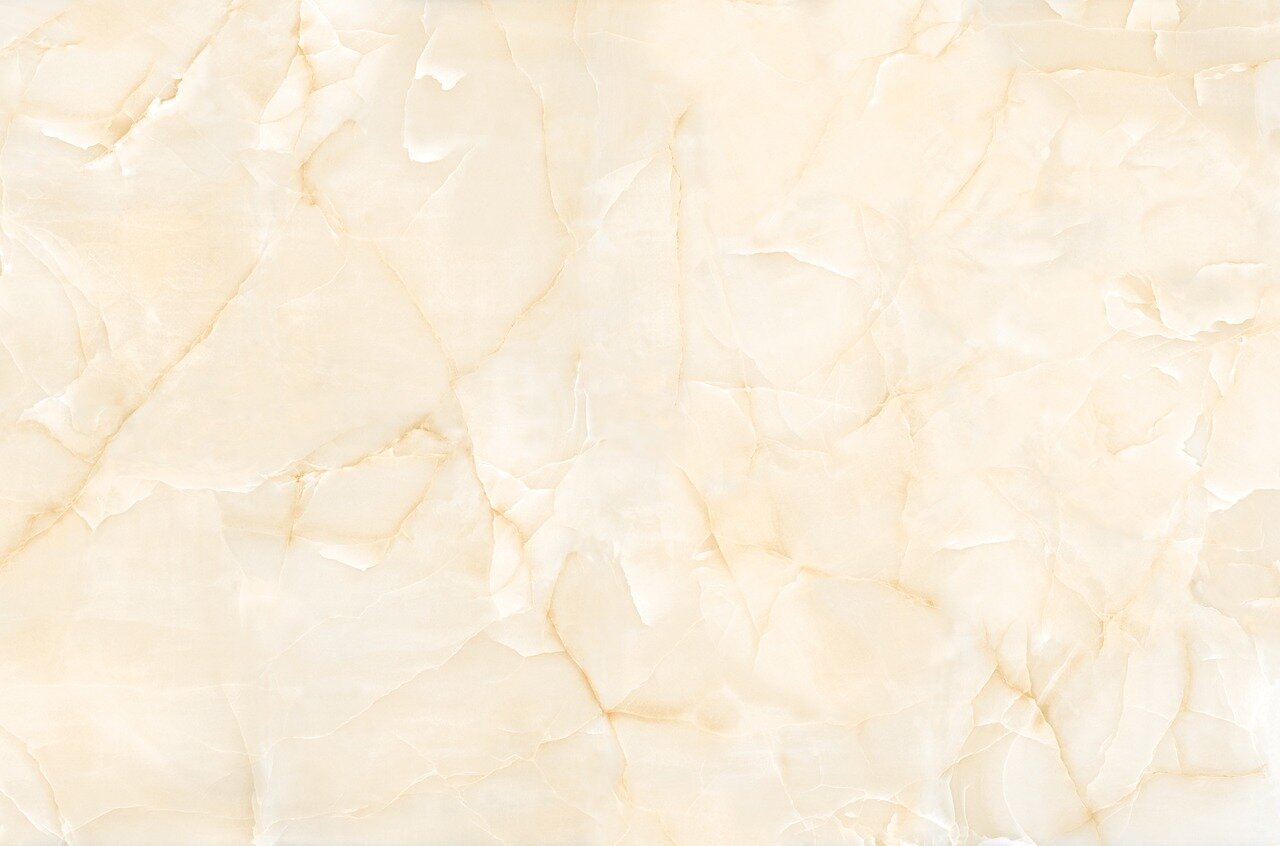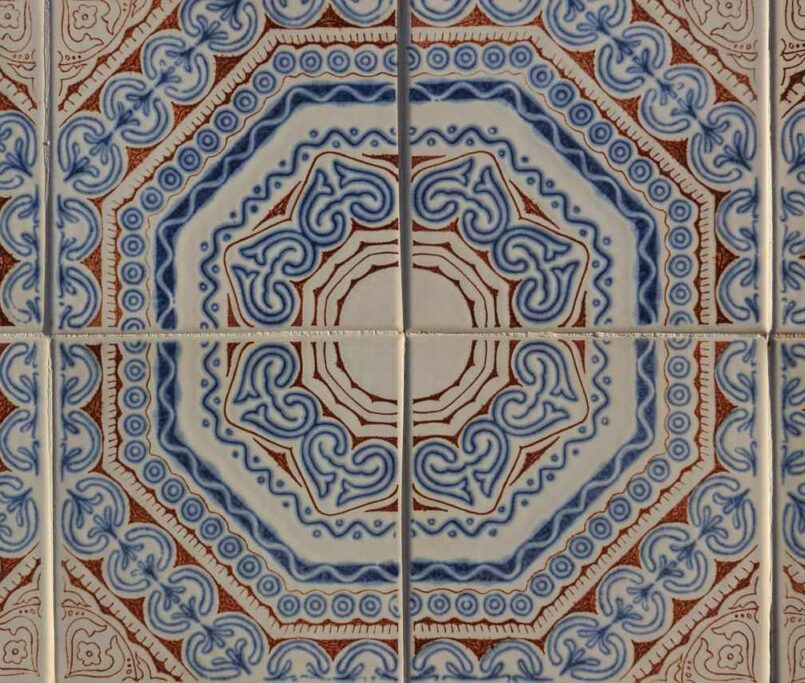In Samui, designing interiors isn’t just about looks. It’s about surviving the elements. From mould and mildew to warped wood and peeling paint, tropical living tests every material decision. That’s where 3D wall panels come in. But are they all they’re cracked up to be?
As someone who’s worked on numerous island homes, I’ve seen both the beauty and the pitfalls of this design trend.
The Practical Appeal
At first glance, 3D wall panels can feel like a magic trick—instant texture, shadow play, and a boutique hotel feel without knocking down a wall. The newer generations, made from high-grade PVC or gypsum, are designed to handle the tropics better than MDF or natural timber.
Their resistance to warping, moisture absorption, and termite damage is a real plus in Samui’s coastal and jungle environments. Some brands also add a UV-resistant coating, which helps if you’re panelling semi-outdoor spaces like covered verandas.
Low Effort, High Impact?
Installation is surprisingly easy—most lightweight panels can be bonded directly to flat walls with minimal prep. That makes them tempting for renovators looking to upgrade a tired guest room or add a feature wall to a lounge without a full fit-out.
From a design standpoint, they do one thing very well: create immediate mood. Especially when combined with concealed lighting, they can lift an otherwise flat space into something textural and layered. In rooms with high ceilings or minimal furnishings, they’re a smart tool to avoid the dreaded “blank white box” effect.
But They’re Not a Silver Bullet
Here’s the catch: not all panels are created equal, and the wrong choice can backfire.
Lower-cost options, especially those imported without clear material specs, may look good for a season but struggle in Samui’s high humidity. I’ve seen panels peel, discolour, and even warp if installed in poorly ventilated areas.
Acoustic performance is limited too. If you’re using panels in a concrete structure and expecting sound softening, you’ll likely be disappointed—unless you combine them with absorbent layers behind.
Design Caveats
One common mistake? Going overboard. Strong textures in small rooms can overwhelm a space, especially when mixed with patterned fabrics, rattan furniture, or ornate joinery. Good design is about restraint. If the wall is the statement, everything else should support it, not compete.
Also, while panels can add a thin layer of thermal insulation, it’s minimal. They’re not a substitute for proper ventilation, shading, or insulation in walls and roofs. Treat it as a cherry on top—not your core cooling strategy.
Where 3D Wall Panels Work Best
- Bedrooms: Headboard walls with ambient lighting
- Living Areas: Behind a sofa or TV to add depth
- Shaded Verandas: As a feature backdrop (if UV-protected)
- Hallways or Stairs: Adds drama to transitional spaces
Final Word from an Island Architect
If you’re renovating a Samui property or refining a new build, 3D wall panels can be a useful tool—but only when chosen carefully and used with purpose.
They don’t replace good architecture, but they can elevate it.
If you’d like more information about choosing finishes that hold up in Samui’s extreme conditions—or want advice before committing to materials—you can reach out to us here. Every villa deserves more than surface beauty; it needs durability, thoughtfulness, and a clear design story. You can also check out our Youtube channel here which is full of useful advice for those people building or buying property on Koh Samui.

